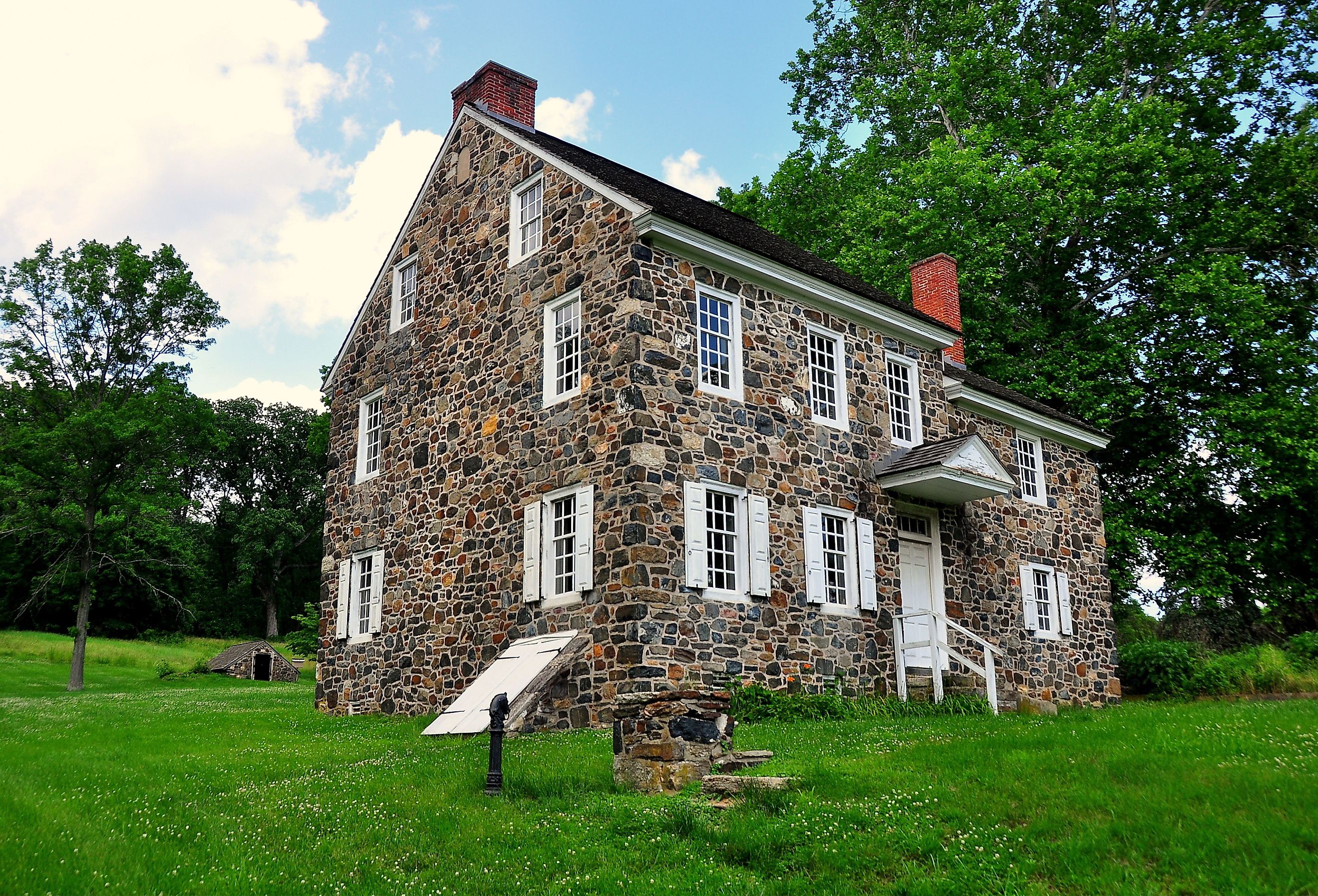
8 of the Quirkiest Towns in the Mid-Atlantic
The Mid-Atlantic is not mid in quirkiness. This region, inexact but often comprising New York, Pennsylvania, New Jersey, Delaware, Maryland, DC, Virginia, West Virginia, and, less often, North Carolina, is big, old, and largely rural. Oddities abound from north to south and east to west, making for authentic, albeit quirky, adventures. Some are quirky due to established facts, while others err on the side of folklore; whichever town one chooses, they are all worth a visit in their own right. Here are eight of the oddest but coolest communities in the Mid-Atlantic.
Arden, Delaware

You cannot own land in Arden, Delaware. Instead, the land is communal, and leases last 99 years. This system began at the turn of the 20th century via two radical craftsmen. They literally crafted Arden into an idyllic village full of lush plots that are rented, in perpetuity, by artisans. The nearby communities of Ardentown and Ardencroft followed the same principles. Little has changed over the decades. The Ardens are a time machine minus the machine: a celebration of pre-industrial life without religious hangups. Residents, who delight in old English culture, attend "Gilds" (clubs) for writing, gardening, and reciting Shakespeare, among many other creative pursuits. Tourists come for the Gilds, the annual Fair, and the Oddporium, a shop and museum of curiosities like a Cyclops pig.
Harpers Ferry, West Virginia
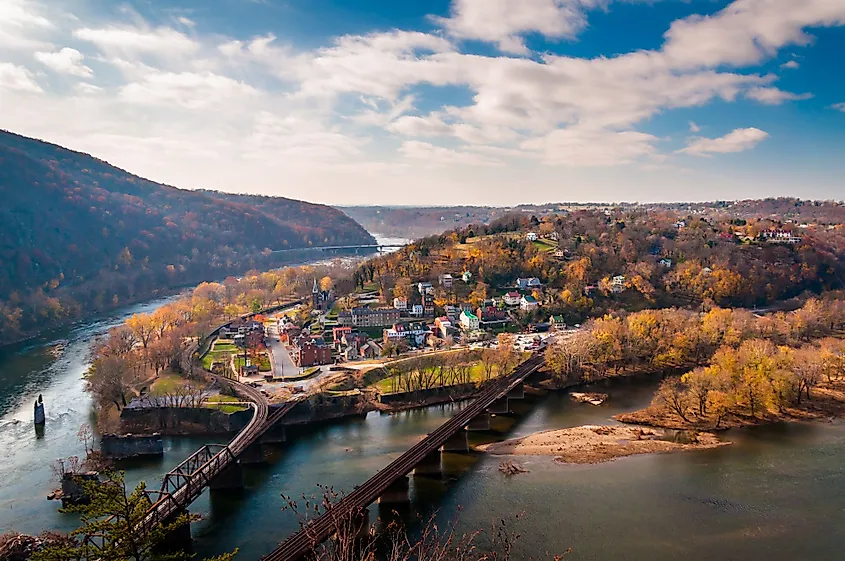
Harper's Ferry is one of the least interesting things about Harper's Ferry. Although said boat inspired the name of this West Virginia town, it was immortalized by a failed slave revolt led by a brave but deranged white man named John Brown. Modern HF is an exhibition of this 1859 raid, comprising sites such as John Brown's Fort, a former armory where Brown and temporarily freed slaves fought the US government, and the John Brown Museum, which details the raiders' horrible but inspirational fates. Tourists are also brought to HF by Civil War monuments, African American heritage sites, and the headquarters of the Appalachian Trail. It is a walk on the wild side of American history.
Chadds Ford, Pennsylvania

Chadds Ford, a tiny community in rural Pennsylvania, seems stuck in the 19th century. Is it any wonder, then, why M. Night Shyamalan chose it as the filming site of his "historical" thriller The Village. In a private field off Cossart Road, Shyamalan built a fake archaic village in which to film thrills and terrors. Appropriately, Cossart is nicknamed Devil's Road, and its twistedness predates Shyamalan. Legend has it that the du Ponts, a family of controversial chemical manufacturers, owned a house along the road where they sacrificed deformed infants. It is called the Cult House, and though it has scant factual underpinning, its neighbors, including the Barns-Brinton House tavern and the site of the Battle of Brandywine from the Revolutionary War, are established historic haunts.
Lily Dale, New York
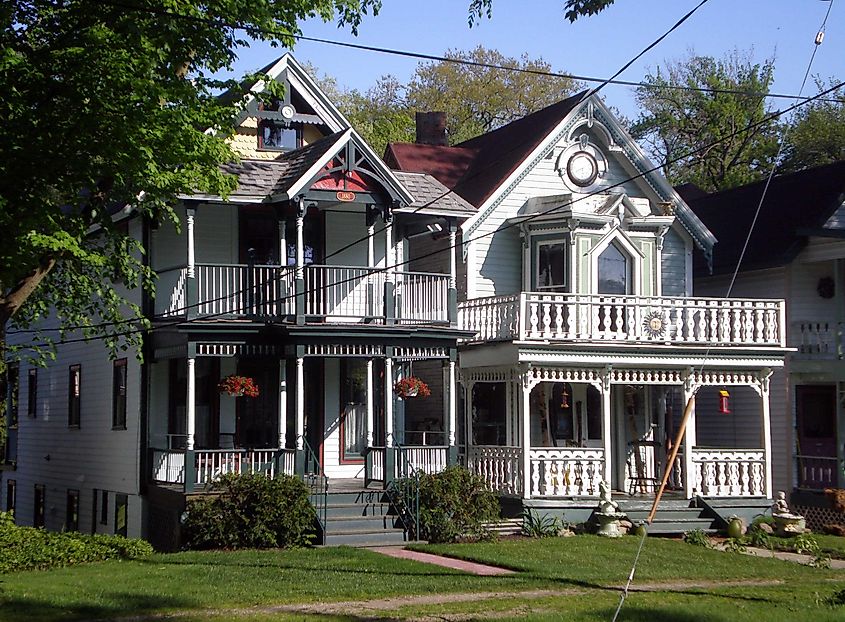
Lily Dale, looking as pretty as it sounds, would be paradise if it were not for all the chatty dead people. This upstate New York hamlet was founded and is owned by Spiritualists, adherents to a faith based on alleged afterlife contact. Thirty-six of Lily Dale's 250 residents are board-certified mediums, many of whom live in houses right out of a Tim Burton movie. Each year, thousands of people visit the hamlet for spiritual readings. They also attend group services at the Forest Temple, learn about local history and famous visitors like Deepak Chopra and Susan B. Anthony at the Lily Dale Museum, and traipse through winding woods to Inspiration Stump, a felled tree full of energy and Lily Dale Pet Cemetery, whose oldest graves date back 100-plus years. Imagine hearing barks and meows from the dead. It's definitely an eerie and odd situation!
Tangier, Virginia

Tangier is sinking - and its residents can tell you about that in a dialect so unique it is the subject of scholarly research and debate. Over the last century and a half, this Virginia island and town has lost almost 70 percent of its landmass while its fewer and fewer residents developed a way of speaking unlike anywhere else in the world and with no agreed-upon origin. What is agreed upon is that the dialect, which is characterized by prolonged vowels and backward talk, persists through isolation and that Tangier has shrunk, in part, due to the rising ocean. High tides have washed away graves and scattered ancient corpses across the beach while, on a positive note, they have expedited cultural preservation. Residents now offer tours around historic homes like the 19th-century Joshua Pruitt House, crab shacks like Four Brothers Crab House, and the recently-established history museum. Still, climate and language are changing so fast that Tangier is in peril. Visit before it is gone.
Salem, New Jersey
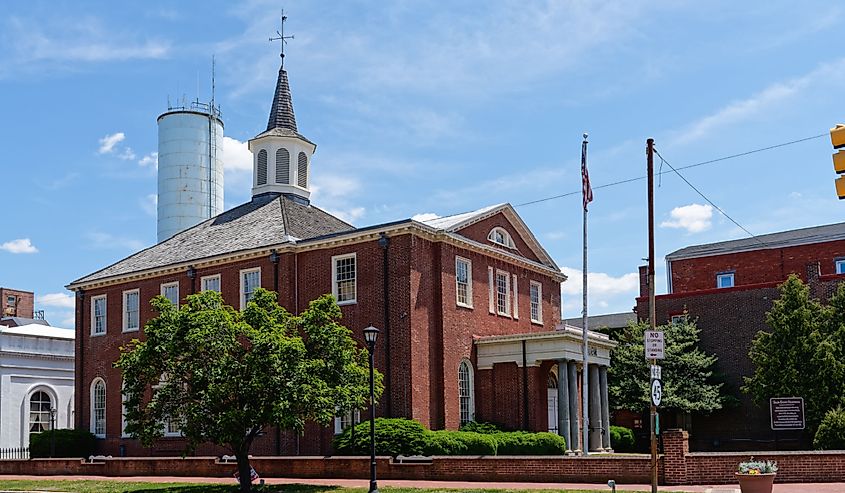
It is hard to be normal when your name is Salem. Salem, Massachusetts, has "witches," Salem, New York, has wolves; Salem, New Hampshire, has America's Stonehenge, and Salem, New Jersey, the seat of Salem County, has twice the Salem and thrice the oddities. Founded by nonviolent Quakers in the late 1600s, Salem hosted a treason trial after a Revolutionary War massacre occurred in nearby Hancock's Bridge. Four Loyalists were sentenced to death for allegedly aiding the British in killing several Americans, but they were eventually pardoned and exiled. Old Salem County Courthouse, the trial site, and Hancock House, the massacre site, still stand for travelers interested in this.
After touring those legendary landmarks, you can join the Fraternal Order of Eagles to chow on traditional South Jersey cuisine: muskrat. Save your scraps of 'skrat for the Jersey Devil, a supposed monster that has been sighted in Salem since the early 1900s. It may have started as a kangaroo bedecked by a notorious NJ huckster.
Frostburg, Maryland
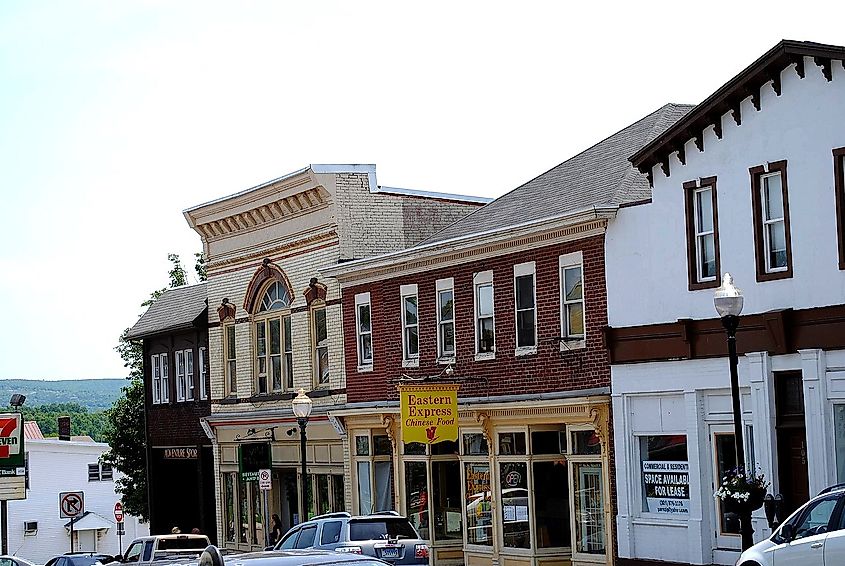
God told Richard, "Build me an ark, and build it in Frostburg, Maryland."
That is how former pastor Richard Greene tells the story (paraphrased as biblical parody) of how one-third of a 450-foot ark came to rest off the I-68 in Allegany County. Greene arrived in chilly Frostburg in the early '70s and had visions of a modern Noah's Ark being a warm beacon for the world's Christians. Greene broke ground in 1976 and added steel beams throughout the '80s and '90s. Rather than make it a functional boat, he envisioned "God's Ark of Safety" as an improved church for his congregation. Today, Greene is retired, and the ark is just a partial frame, but having drawn admirers and detractors from many countries, it has indeed been a beacon to the world.
Arc along the I-68 to Frostburg's other attractions, such as the 19th-century Borden Mines Superintendent's House, Western Maryland Scenic Railroad, and Gunter Hotel's basement jail, for a complete trip to this historic, charming community. Two people of each kind can visit Frostburg for fun and fanaticism.
Banner Elk, North Carolina

The first quirk about Banner Elk is that it does not have any wild elk - and has not for hundreds of years. Second, it borders a ski resort despite being in subtropical North Carolina. Third is that, near Beech Mountain Ski Resort, one of the southernmost ski areas in the East, there is a dead Wizard of Oz theme park that comes alive for three weekends each year.
Land of Oz opened in 1970 with book- and movie-inspired rides, shows, and shops. Over the next several years, fires and vandalism ravaged the park, forcing its closure in 1980. For decades, the ruins of Emerald City startled wayward mountaineers until the park was partially restored for Autumn at Oz, which runs for six days in the fall and is accessible by ski lift.
But that is not the only messy festival in Banner Elk. Woolly Worm Festival, which is held the third weekend of October, celebrates the woolly worm, otherwise known as the woolly bear caterpillar. Some 20,000 people travel to the tiny town to watch caterpillars pose, race, and predict winter weather!
The Mid-Atlantic has enough quirks to fill multiple lifetimes —and in one town, one can actually live all those lives. New York has a town full of mediums, Pennsylvania has a haunted road, New Jersey has muskrat meals, Delaware has a utopian village, Maryland has Richard's Ark, Virginia has a sinking island, West Virginia has a slave revolt museum, and North Carolina has festivals for worms and a wizard. Which quirky destination beckons first!?











